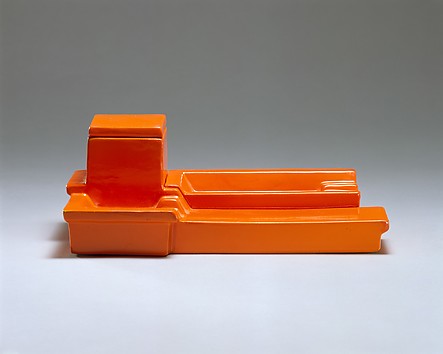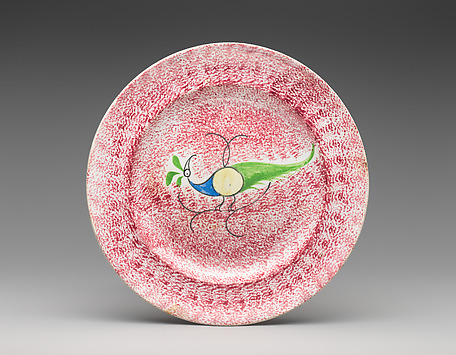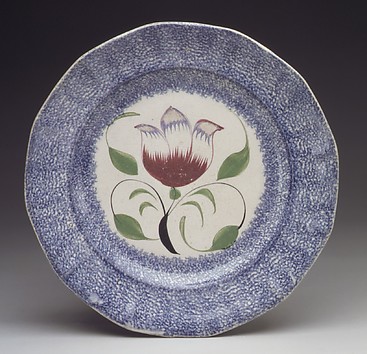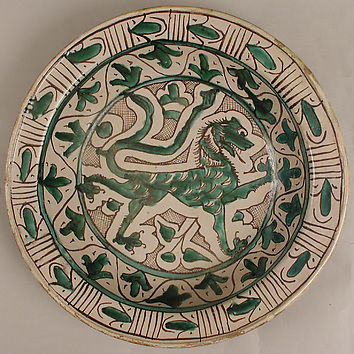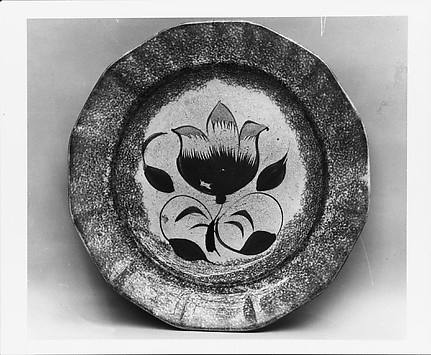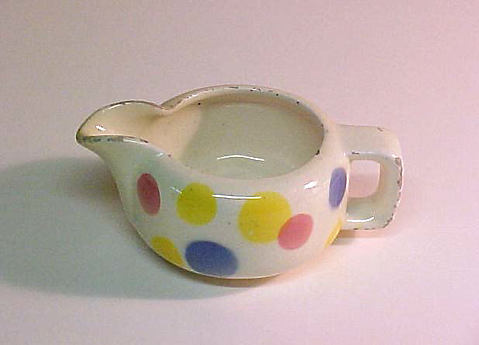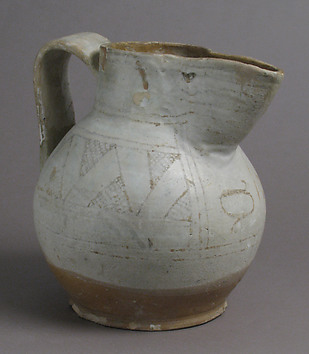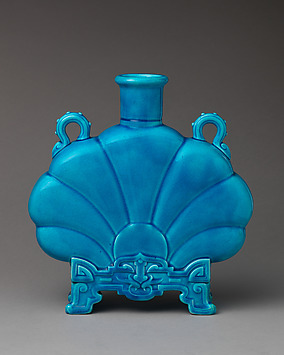Robert Lehman assembled the finest and most comprehensive private collection of Italian Renaissance majolica in the United States. In this volume the distinguished scholar Jörg Rasmussen catalogues the 157 majolica objects which since 1975 have been housed, along with more than 2,000 other works of art acquired by Robert Lehman and his father, Philip Lehman, in the Robert Lehman Wing of The Metropolitan Museum of Art. The brilliantly colored jars, jugs, and dishes collected by Robert Lehman document the history of Italian majolica from the beginning of the fifteenth century to the 1600s. The collection is most renowned for a magnificent group of pieces produced in the main Italian pottery centers during the High Renaissance, the golden age of majolica. The precious lusterware that was the specialty of Deruta and Gubbio, in central Italy, accounts for more than a third of the collection. Also splendidly represented are the neighboring towns of Castel Durante and Urbino, whose wares perhaps best exemplify the beauty and diversity of majolica of the early sixteenth century. One of the most extraordinary of these pieces from the Duchy of Urbino is the bowl presented to Pope Julius II in 1508, which Rasmussen calls "one of the most beautiful pieces of majolica ever made." Other istoriato, or "story-painted," wares were part of large ensembles commissioned by illustrious patrons: three plates belong to the famous Pucci service painted by Francesco Xanto Avelli da Rovigo; two others, by the master majolica painter Nicolo da Urbino, are from the set owned by Isabella d'Este, marchesa of Mantua; and there are pieces bearing the arms of the Orsini of Rome, the Salviati of Florence, and Constable Anne de Montmorency. The late Jörg Rasmussen was curator at the Museum fur Kunst und Gewerbe in Hamburg until 1979, when he was named second director of the Zentralinstitut in Munich. His complete catalogue of the Italian majolica in the Hamburg museum appeared in 1984, and he published widely on majolica as well as on sculpture and the applied arts. His text not only analyzes and classifies the majolica in the Robert Lehman Collection, providing provenances, bibliographies, and exhibition histories, but also offers glimpses of the intellectual and cultural world to which it belonged.






